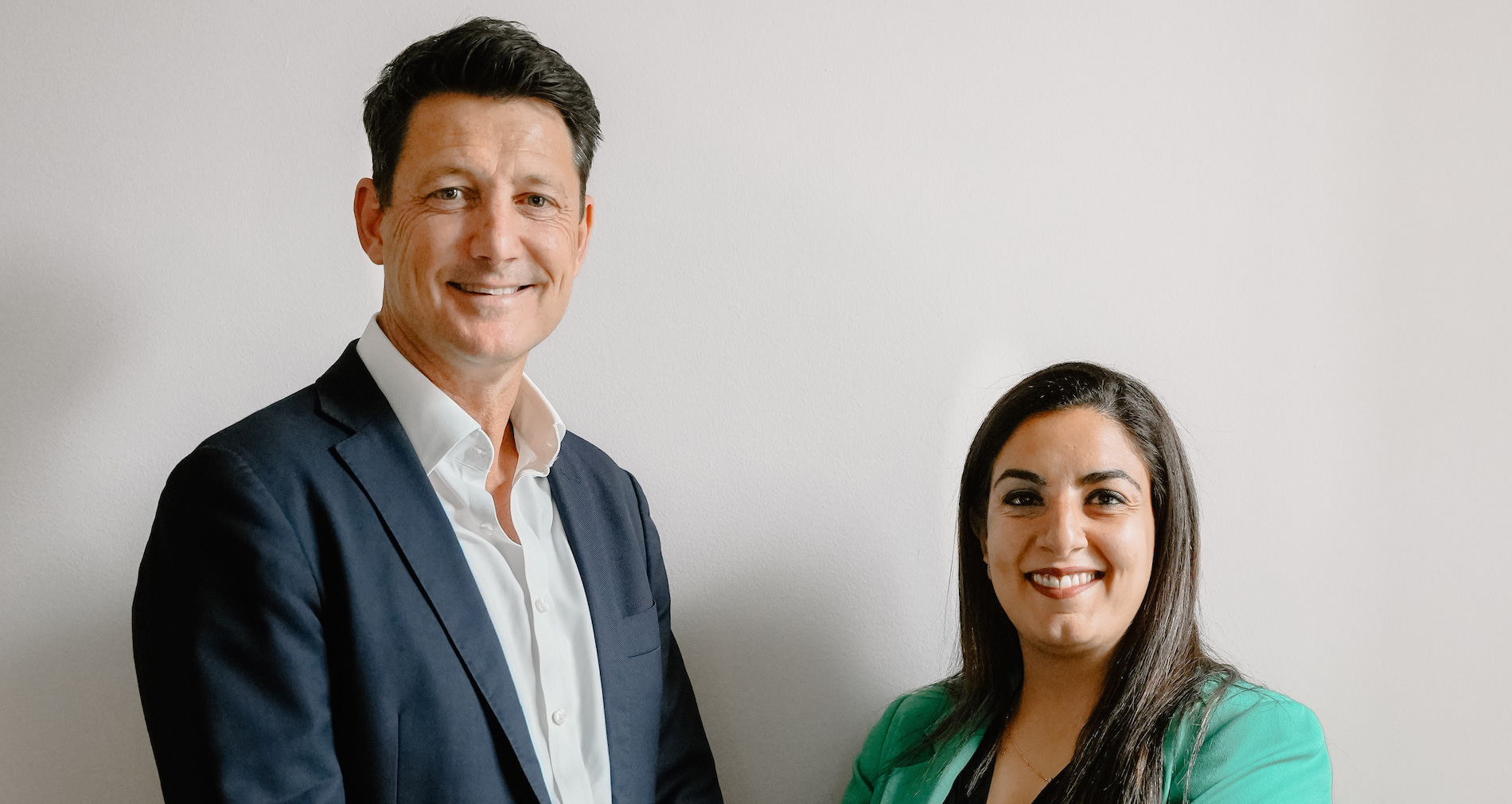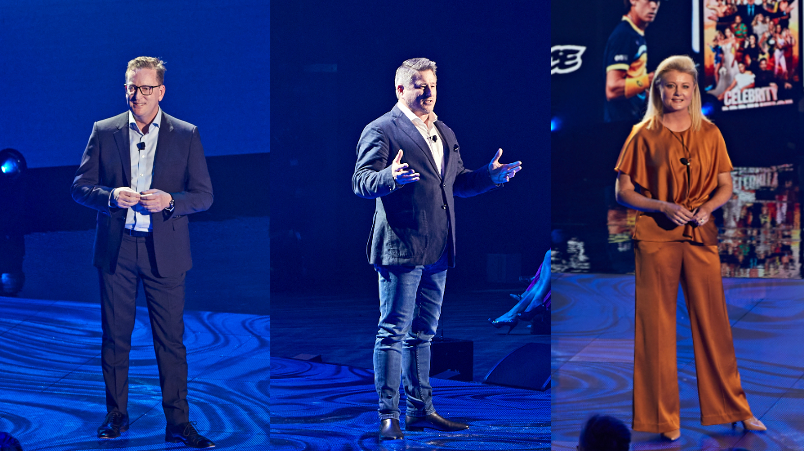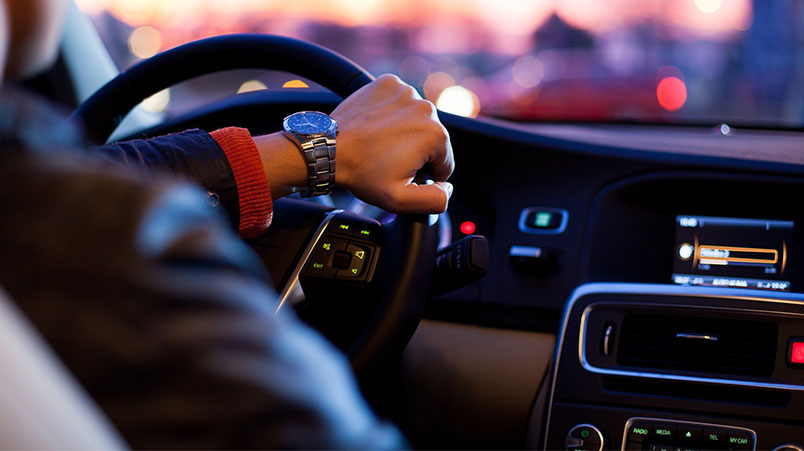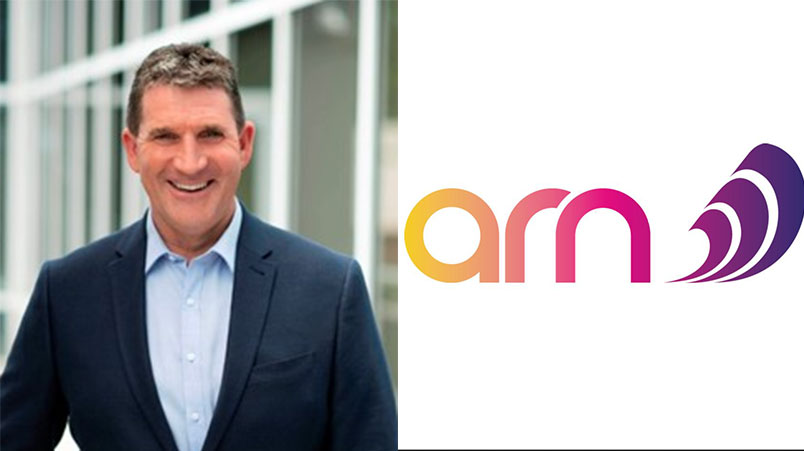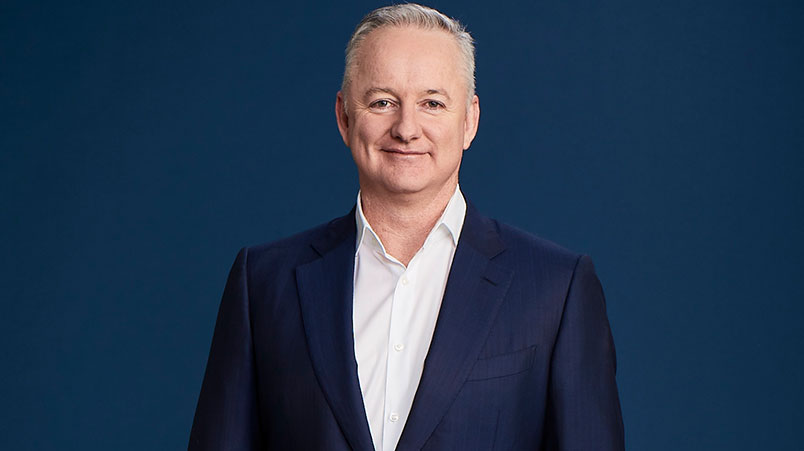Ritson warns industry not to be fooled into thinking podcast is replacing radio; Ferrier says brands underestimating audio’s emotional power, video ‘distracting’ media buyers

Don’t be fooled into thinking we’re moving from radio to podcasting, says 'virtual' marketing professor, Mark Ritson. We’re not. Radio, the ultimate sidekick, continues to deliver for brands and will perform even better for them if they find a way to hit the 11 per cent spend sweet spot. Ritson unpacked research that suggests that threshold doubles effectiveness. But there’s an attention differential between radio and podcasting brands must consider if they’re to use both well, speakers from across last week’s Commercial Radio and Audio (CRA) event, Heard, made plain. And as Adam Ferrier says, don’t be fooled into thinking video drives more emotional connection either.
What you need to know:
- Mark Ritson has warned advertisers not to believe podcasting is replacing radio. Both retain a position in the marketing channel mix, he says, as both offer different attention, engagement and outcomes.
- The comments came after the 'virtual' marketing professor presented new research at the CRA’s Heard event last week showing a doubling of effectiveness when brands spend 11 per cent of their campaign budget on radio advertising.
- Also speaking at the event, Thinkerbell’s Adam Ferrier warned agencies, media and marketers to not be distracted by video, noting audio’s superior power to generate emotion across audiences.
According to Ritson, radio and podcasting are supplementary mediums it’d be wise brands recognised as distinctive in terms of attention, creative approach and job.
“A message potentially damaging for radio companies and clients is that we’re moving from radio to podcasting. We’re clearly not,” the marketing professor told Mi3. “You’re allowed to have your cake and eat it. Radio is being supplemented by another medium, podcasting.
“Radio is doing quite well in terms of what it’s achieving. It’s not in a great decline right now; podcasting is coming on top. That’s amazing for companies able to engage with both. Also, creatively, it would be a big mistake to take an ad from one medium and splice and play it on the other. Although they might look the same, clearly podcast advertising when it’s done best is a completely different form than radio.”
The marketing professor articulated the warning during the recent Commercial Radio and Audio (CRA) event, Heard, where he presented new research showing investing 11 per cent of an advertising campaign budget in radio can double its effectiveness.
The research was a collaboration between Ritson and CRA to understand the influence of radio investment on a campaign’s effectiveness. The research analysed the Advertising Council of Australia’s Effectiveness Database of 460 Effie Award winning campaigns to determine how changes in the allocation of advertising budget to radio impacted the success of campaigns already considered to be effective. A key element to the research was accepting excess share of voice (eSOV) as a benchmark foundation to gauging campaign effectiveness.
There is a 25-point increase in business effectiveness on average if you’re achieving eSOV, Ritson said. That figure drops to 16 points if you have a campaign that doesn’t have radio but boasts of excess share of voice. By contrast, the results showed adding radio to a campaign to eSOV delivers a 32-point improvement in business results.
Ritson also noted radio delivers 3.5x impact on retention, as well as double-digit improvements through the funnel and across brand association, mental availability, acquisition and brand awareness. It’s a “catalytic effect” that makes the whole campaign thing work better, he told attendees, and a solid medium for bringing brand to mind. And the amount of money you must divert to radio to get this result is relatively low – 11 per cent of the pie equals a doubling of effect.
“Radio is a low-risk, lower investment, low-scale creative challenge. For that reason, radio is less noticed. That’s the thing I was trying to tease out in my talk, which is quite a subtle message: Because radio makes everything else look better, no one else realises it’s making everything else look better,” Ritson told Mi3. “A few clients get it and have seen it, but you wouldn’t get that from the outside looking into these campaigns.”
To emphasise the point, Ritson and co-statistician on the research, Rob Brittain, used Uber Eats as a case study example. The Effie award-winning Uber Eats ‘Tonight I’ll be eating’ campaign featured a radio component in its overall mix that roughly met the sweet spot posited by Ritson’s research for ad spend on radio.
“No one thinks of Uber as a radio campaign,” Ritson said. “People will say it’s a digital campaign, loads of TV, online video, bit of sponsorship – all that would be true. These are the heroes of the campaign. But what it also was, was a radio campaign.
“It’s the story of radio – when it’s there, it really works, but none of us appreciate it’s working,” Ritson added, noting one reason it probably isn’t recognised is because radio isn’t “the best 12 seconds of audio in your life”.
Radio is doing quite well in terms of what it’s achieving. It’s not in a great decline right now; podcasting is coming on top. That’s amazing for companies able to engage with both. Also, creatively, it would be a big mistake to take an ad from one medium and splice and play it on the other. Although they might look the same, clearly podcast advertising when it’s done best is a completely different form than radio
Ritson: Don’t mix radio and podcasting attention – or longevity – up
Ritson sees his new research largely applying to traditional radio campaigns, rather than podcasting. As was made clear across panels and speakers throughout the CRA event, there’s plenty of distinctions to be made around what works in radio, and what works in podcasts.
During a panel featuring podcasting content producers, for example, the consensus was podcasting creates a very different level of attention and engagement from an audience perspective that brands would be better served recognising in their advertising and messaging.
“There’s a belief our attention spans are shot to pieces. But it’s also in the context – if you are on TikTok or Instagram and watching 15-second videos back-to-back, then something comes up that’s an hour, you’ll go no, I’m just doing this while I sip my coffee, I’m not choosing what content you’re consuming to an extent, it’s just being presented to you,” said Nine TV news and podcast producer, Jess Lodge.
“But we all know what it’s like to be interested in something – who hasn’t binged a TV series?... it comes down to the fact that we all have attention, but have to be interested or care to use it. If a listener is choosing to engage with your content, they’re actively looking and selecting it. And they’re going to engage for as long as they need to engage.”
Ritson agreed. “The attention stuff, for my money, is baked into [the] CPM. But it’s a very important consideration and it makes the same point – the type of attention and way it works is different here,” he said. “The enemies to attention are different to both radio and podcasting. Attention has added an interesting dynamic that’s yet to be seen completely.”
Ritson also agreed his message radio is the ultimate sidekick could be misconstrued as providing the same guide to podcast advertising effectiveness if brands used the same campaign in both.
“Okay, they’re both audio, but the nature of relationship, the way both are consumed, the manner of what advertising does is very different,” he said. “We’ve seen it with YouTube as well – one of the lessons from YouTube is if you take your TV ad and put it into YouTube, it works significantly worse than if you created something for the medium. There’s a general view the medium is the message, but it should dictate the message as well.”
Being happy with a small slice of the pie, plus who’s to blame for not cutting it correctly
Nevertheless, telling CRA the threshold for effective spend on radio was only 11 per cent wasn’t a guaranteed winning narrative to be sharing, Ritson admitted.
“The answer to how much people spend today on radio is much less than 11 per cent on average across big brands. That’s the reality,” Ritson said. “So good on them [CRA] first of all being comfortable with the idea they’re never going to be the star of the show, and the level might be quite low, but let’s tell it. Rob Brittain will say the same story – it was an average in a range and in the end, they went with the low end of the range to be straight. I think that’s very respectable in an era where everyone is full of shit about media.”
Given most brands are not spending 11 per cent of budget right now on radio, Mi3 asked Ritson whether the CMO’s to blame, or the agency. He leant more towards the former.
“I did work once upon a time on news media and we looked at the correlation between people’s individual, human, personal consumption and what they recommend on the job. What we found is media agencies are pretty straight,” he responded. “We found with clients however, they’re much more akin and likely to take their personal habits and import them to their media choices. On that basis, I’ve since then thought it’s more about getting the agencies to convince the clients.
“So my message is to get the agencies to replay this back to clients and hopefully get more of them to the 11 per cent threshold. It doesn’t sound like much but if we could get the top 100 brands in Australia to do that, we’d see significant impact as a result.”
Of course, you’re only as good as the strategic backbone of the campaign, and briefing your creative agency properly, said Ritson – something Mi3 readers will recognise as one of his many industry bugbears.
“We know that doesn’t happen the majority of the time. Then you get the creative effect we talk about, which is a massive multiplier,” he said. “Then I come back to that idea of what I prefer to be described as two-speed targeting, where you build the brand as Ehrenberg-Bass would say, and target everyone in category. But then I’d use radio also to target particular segments at particular times. I don’t mean a group with a funny name, but mums on the school run with radio and a particular message about a particular product on what they should do right now – the short of it. If you put those things together, I think you’re well on the way to smashing it on the back of eSOV.”
Ferrier: Stop being distracted by video
Professed lover of radio and founder of Thinkerbell Agency, Adam Ferrier, used his dulcet tones at the conference to encourage more thoughtfulness towards the audio medium.
“Is the industry missing a trick by not tapping into the emotional experiences that audio and radio has to offer?” he asked attendees. “I don’t think we value the medium as it is.”
For Ferrier, just hearing something tends to be processed more deeply and resonates much more. But he cited growing pressure to “see stuff”. “We distract ourselves with video content a lot,” he said.
As a proof point, Ferrier noted a University of College London study commissioned by audiobooks showing people who experienced audiobooks versus watching the equivalent on video claimed video was more engaging. “They said they enjoyed the narrative, characters were better developed, and they said it’s much cooler,” he said.
Yet physical measurement gauging emotional stimulation and arousal alongside these experiences revealed consumers were much more stimulated emotionally by the audiobooks.
“Video assets are a distraction to the industry – they’re a distraction for ourselves and for media buyers, and for everyone,” Ferrier said. “Point two is I asked someone what do you see is the power of audio. That person said it's 'you can do the washing while listening'. So secondly, it’s a very useful medium… it’s versatile.”
And it’s cheap, Ferrier added. “We keep on fucking with this wonderful medium by cheapening it. All I want us to do is get back to the feeling of radio and if you’re an advertiser, using that in a powerful sense. Because it is arguably the most emotional and powerful medium… we forget about it."



